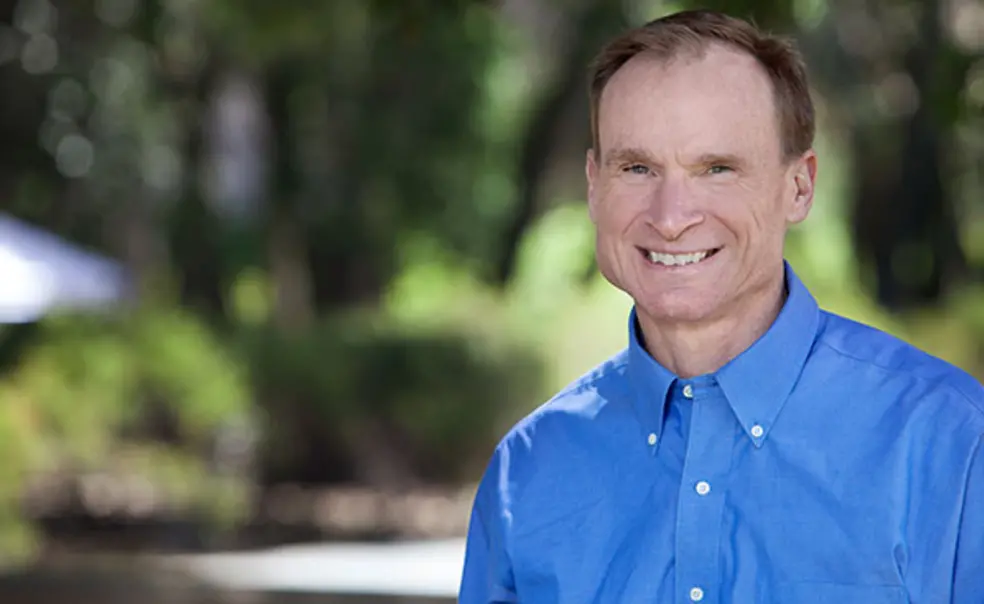Paul Oyer *96 Goes Behind the Wheel to Study the Gig Economy
In 2017, Paul Oyer *96 climbed into his Audi sedan and began offering Uber rides to customers around Silicon Valley. He didn’t reveal his true identity to riders, using his driving experience to gain a deeper understanding of the nascent gig economy that he said “has thrown a wrench into the typical models of matching workers to firms.”
Oyer — by day, the Fred H. Merrill Professor of Economics at the Stanford Graduate School of Business — released a working study this year that in part draws on lessons that he and Stanford professor Rebecca Diamond learned while working as Uber drivers.
Gig economy workers appreciate its flexibility, Oyer explained, but the tradeoff is a lack of stability, since people aren’t earning a salary. “We were interested in how that flexibility worked and how that varied by gender,” he said. “We wanted to think about the value of flexibility to workers.”
For instance, Oyer and Diamond were interested in finding out how much workers would be willing to give up monetarily in exchange for more flexible work hours. “In order to design that analysis, I felt that I had to understand what the drivers were up against and what their perspective was,” Oyer said.
Oyer was curious to know if a difference in the pay of male and female Uber drivers, which had been previously documented, could be partially explained by their “taste” for flexibility (that is, favoring flexibility over the chance to earn as much money as possible). Uber’s algorithm matching drivers to riders is gender-blind.
After analyzing national data from Uber, spanning just over two years, Oyer and Diamond concluded that men do make more money than women on Uber, but it has very little to do with flexibility. Instead, this gap can be explained by three factors: where men and women drive; how fast men and women drive; and how much experience men and women have on Uber. Specifically, Oyer found that men tend to drive faster and have more experience driving for Uber, which teaches them how to make more money.
“You learn where to go, you learn which rides not to accept, you learn where to pick up after football games,” Oyer said. “Why that learning would matter and how to dig that out of the data was something valuable that came out of driving.”
Oyer said that this research has led to many philosophical questions, such as whether Uber should implement steps to close this gender gap at the risk of potentially inconveniencing riders and drivers. In addition, he noted that for many years, people hailed the gig economy as “the great gender equalizer” when it came to pay. But this research shows that men and women have different constraints and preferences; pay disparities may continue to exist even if issues like discrimination and career advancement are solved.












No responses yet